Demand-Side Energy Management 101
Knowledge, like energy, is forever in motion.
Educating our customers is important to us at CPower. That’s why we created this online learning center where you can learn the fundamentals of demand-side energy management from CPower’s experts.
So jump in and have fun!
Demand-Side Energy Management
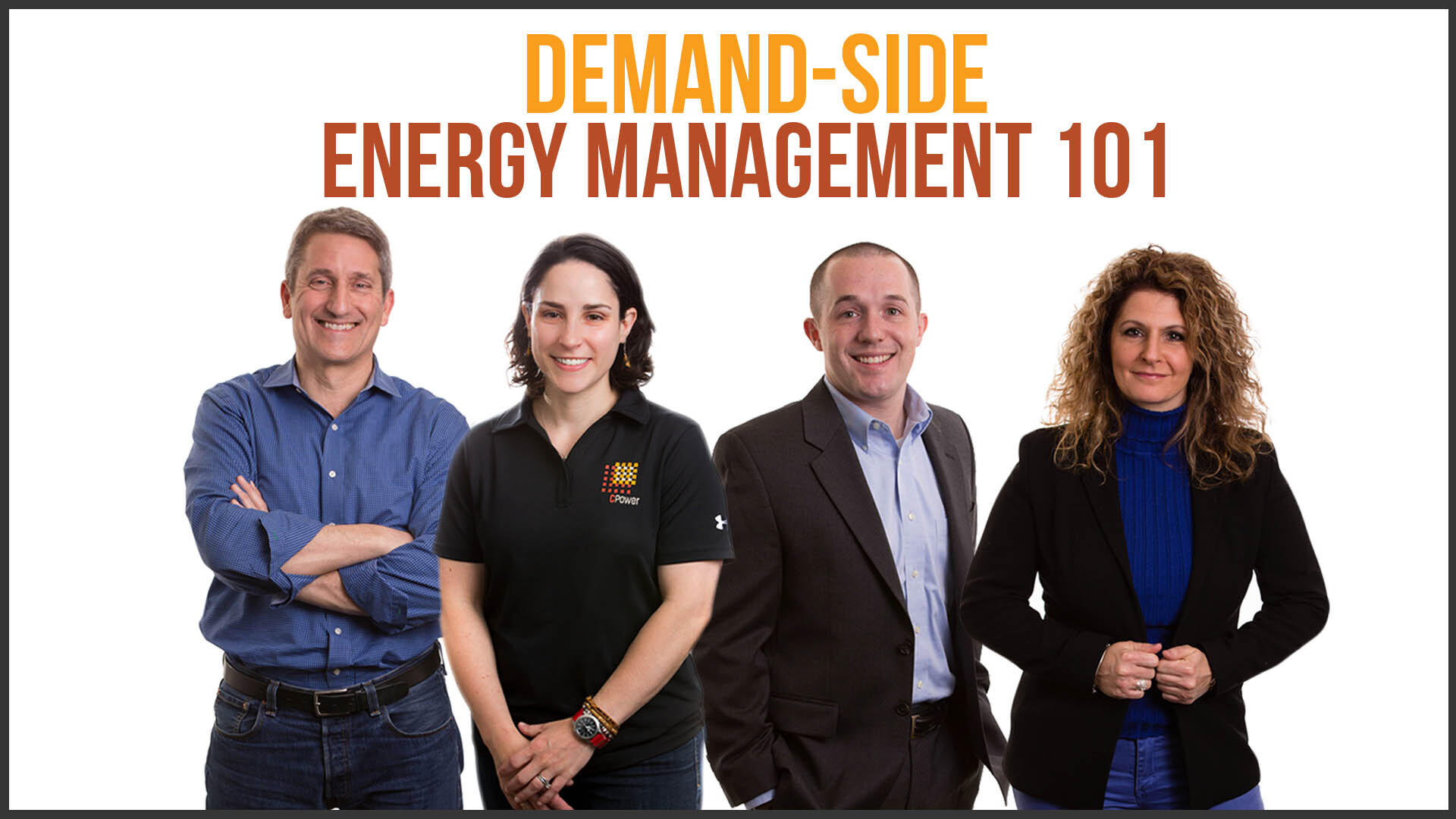
Most of the time, demand-side energy management involves strategies designed to cut back, or curtail, the amount of energy facilities like yours use for any number of reasons like:
Saving money, reducing air pollution, cutting your facility’s carbon footprint—and even earning revenue.
So why is it called demand-side energy management? To answer that question, let’s take a basic look at how energy typically travels from its source of generation to your facility.
Demand Response (DR)
Programs that pay organizations to reduce energy load during times of grid stress or high energy prices.
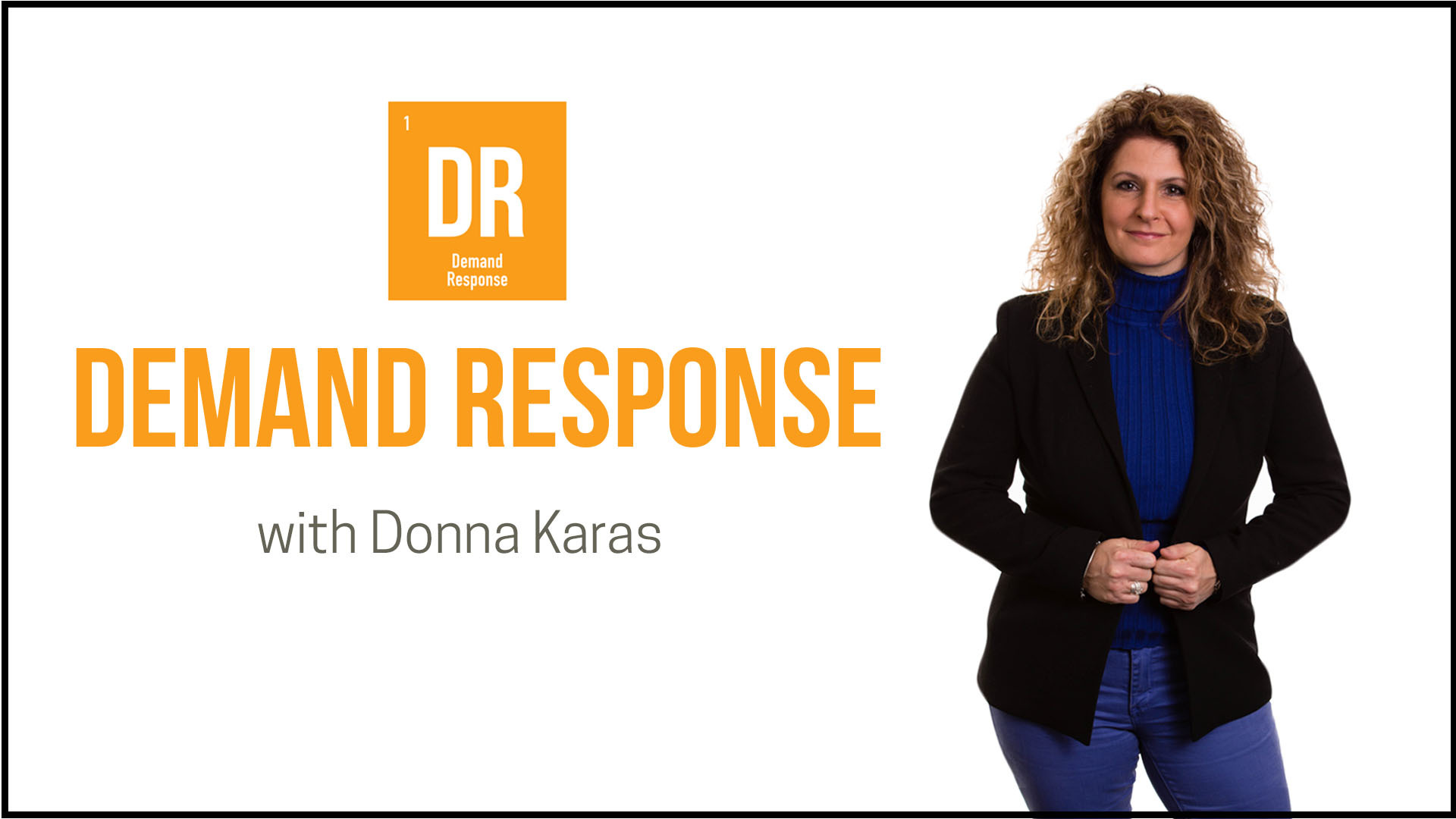
Sometimes, the demand for energy outpaces the grid’s ability to supply it, causing brownouts or blackouts.
Instead of producing more energy at great expense to consumers and the environment, the grid operator can offset the imbalance by reducing the amount of electricity being consumed when demand exceeds supply.
That’s demand response, and it can be very financially rewarding for organizations like yours.
Demand Management
Programs that help an organization’s bottom line (and the grid) by improving how it uses energy.
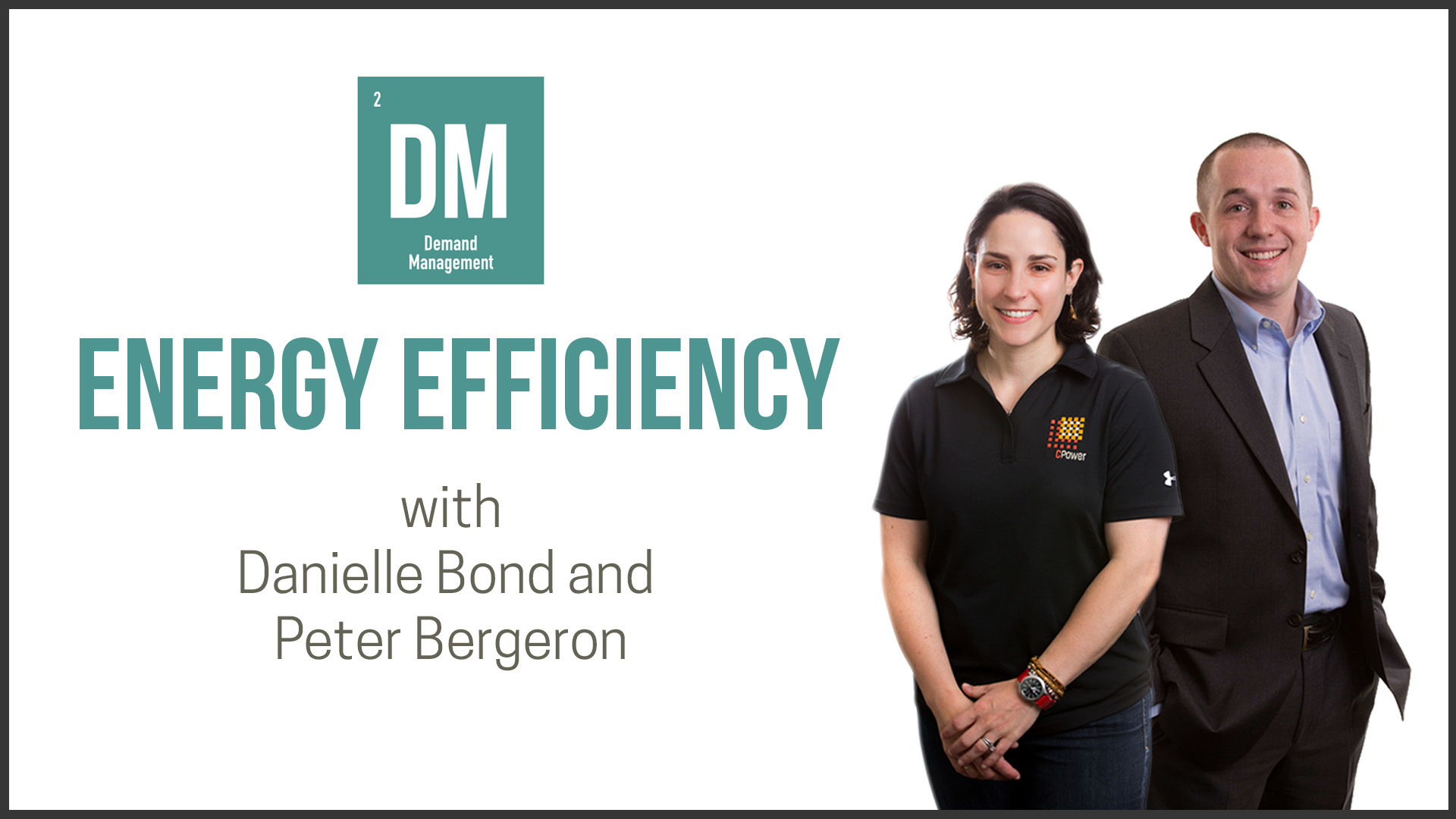
Energy Efficiency programs pay organizations for permanent load reduction resulting from energy efficiency projects they have completed or will complete in the future.
Every month your business is charged a fee – a capacity charge – based on how much electricity you consumed during a defined period in the previous year when electricity demand on the grid was at its highest.
Peak demand management involves curtailing your energy consumption during periods of peak system load, thereby lowering your capacity charges, which in turn will reduce your overall power costs.
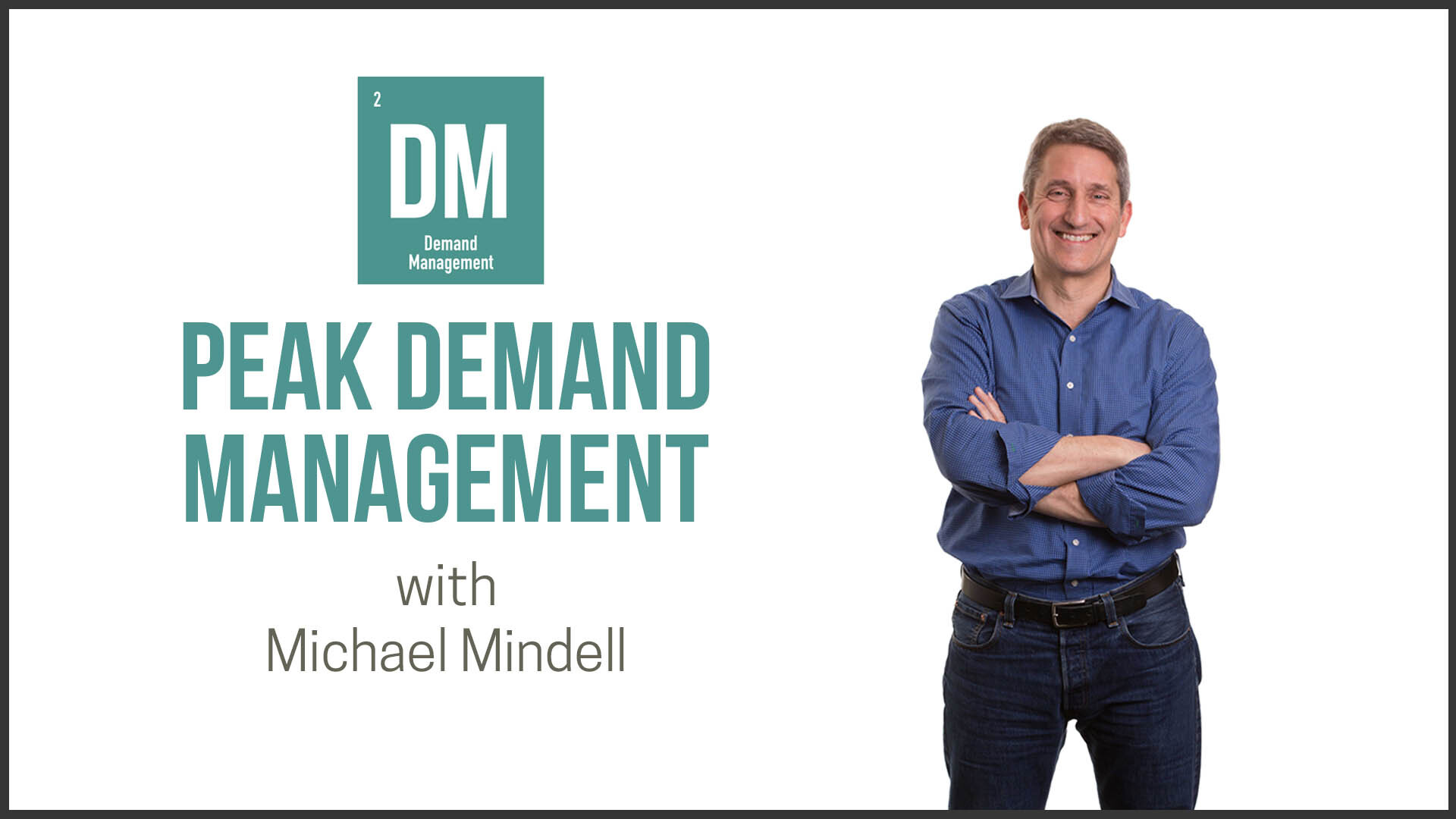
Distributed Energy Resources (DER)
Smaller power sources (like battery storage, solar, and on-site generation) that can be aggregated to provide power necessary to meet regular demand
Distributed generation refers to power generation at the point of consumption. Generating power on-site, rather than centrally, eliminates the cost, complexity, interdependencies, and inefficiencies often associated with energy’s transmission and distribution.
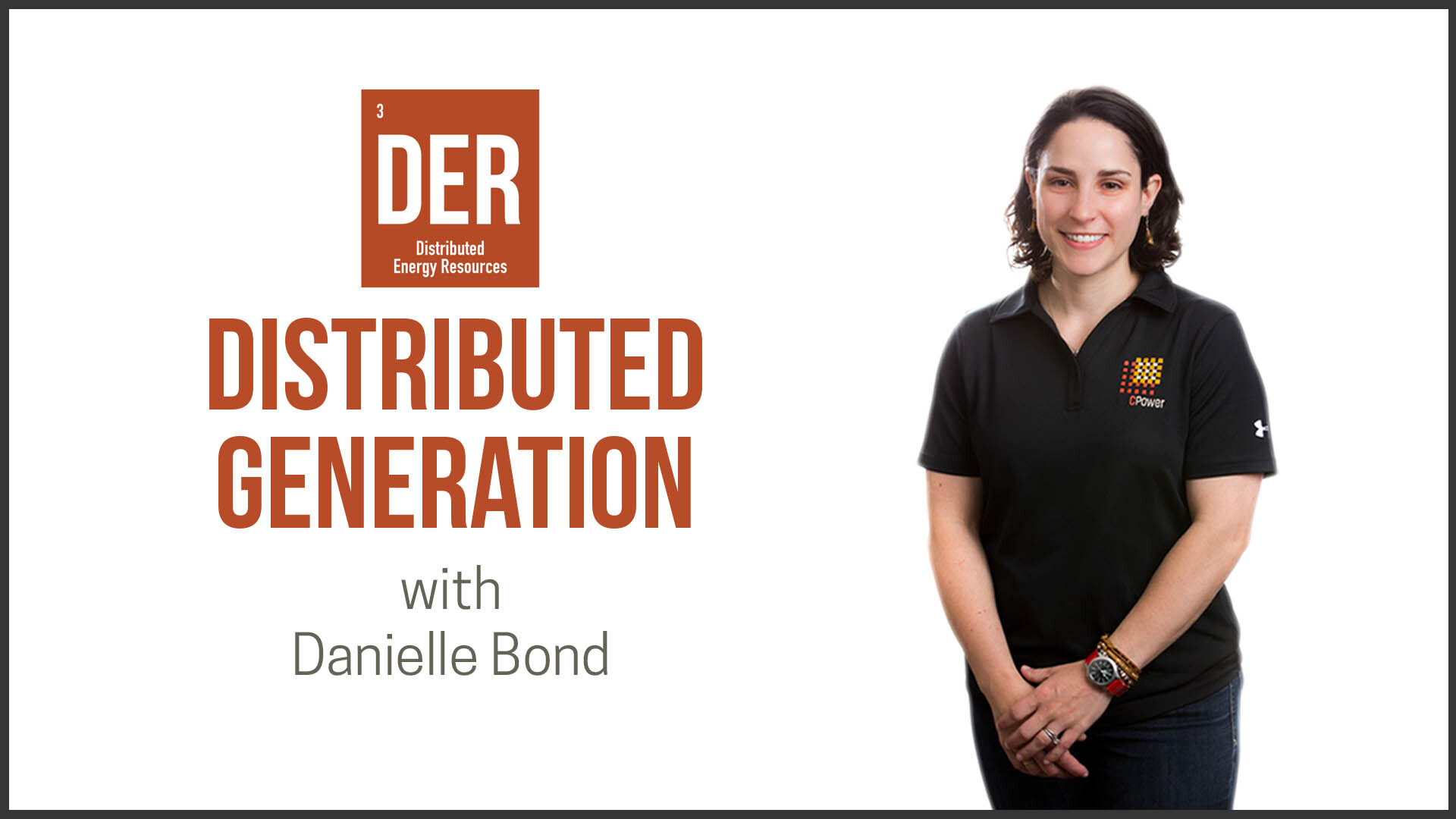
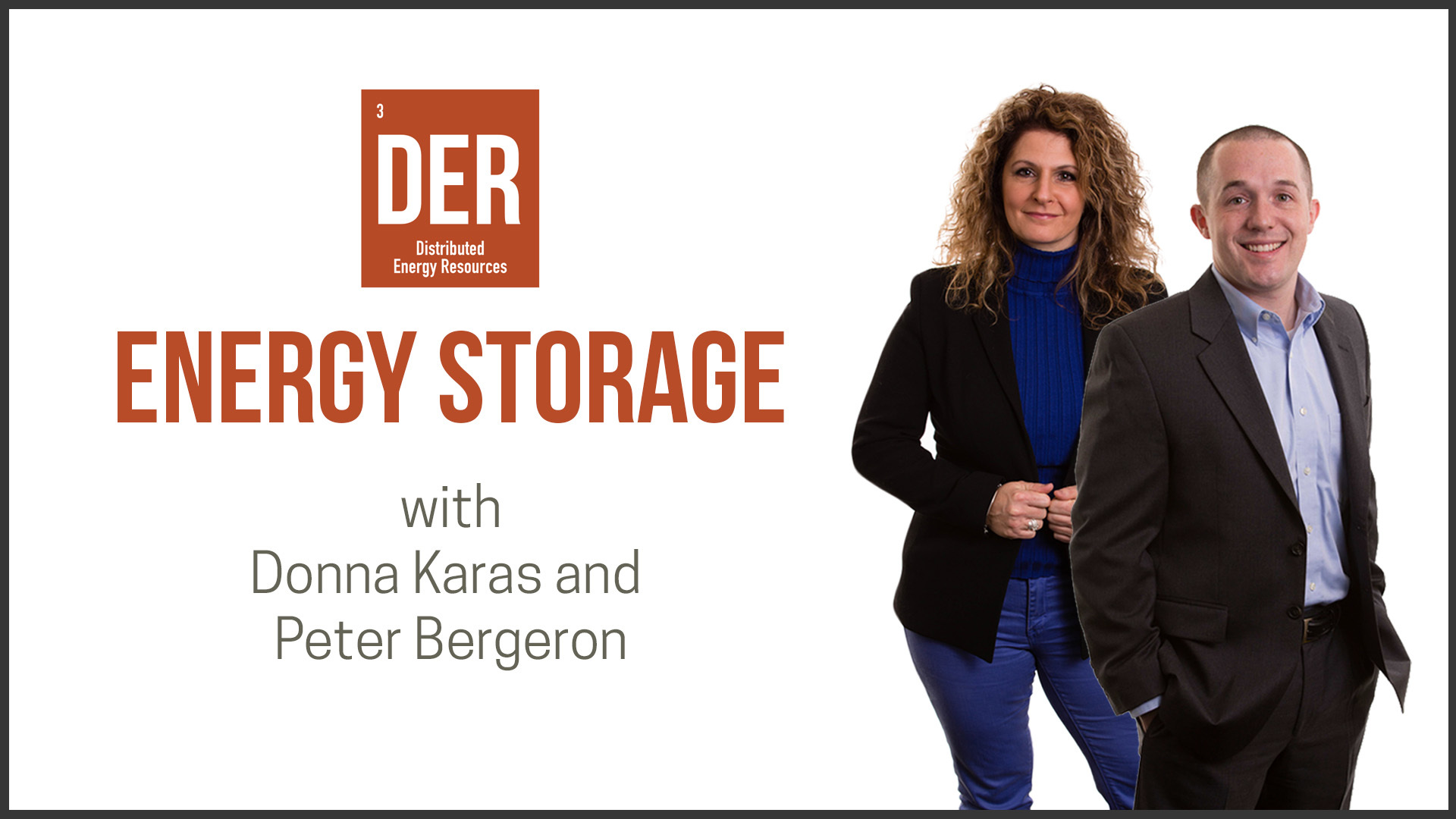
Energy storage is the capture of energy produced at one time for use at a later time. A device that stores energy is sometimes called an accumulator or battery.